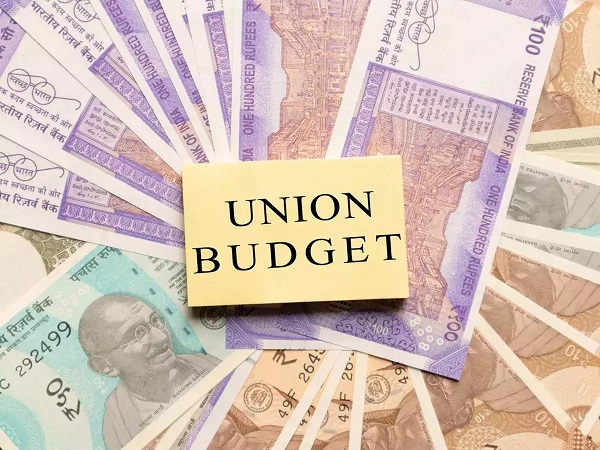“As a run up to the budget I had put down what one expected off it with reference to the Education Sector. With the focus on FLN, NEP 2020 and NCF 2022, one hoped that the Budget would focus on taking this agenda forward in terms of infrastructure and manpower to create a strong framework to provide universal access to quality education. Recognising the learning losses suffered as a fall out of the pandemic, it is encouraging to see that this Budget has an increased budgetary allocation for school education by 8 percent. On the other hand, allocations for the Samagra Shiksha Abhiyan (SSA) which aims to improve the quality of school education with an emphasis on teacher training and strengthening of SCERTs and DIETs remains the same as in the previous year.
The Budget identifies the need for teacher recruitment and intends to recruit 38,000 teachers over the next three years for the Eklavya Model Residential Schools. If the agenda of innovative pedagogy, capacity building, and establishment of centres of excellence at district level rolls out as envisaged, there will be a significant impact on teaching and learning outcomes. Nearly 3.5 lakh children study in the 740 Eklavya Model Residential Schools and this recruitment of teachers will strengthen education and development of tribal children.
The establishment of a national digital library for children and adolescents to enable device-agnostic access to quality books in regional languages, was announced in 2018 and is being run by IIT Kharagpur. Setting up of physical libraries and creation of infrastructure for digital libraries, starting at the panchayat level, for children who may not have digital access is inclusive, forward looking and will create a culture of reading among children. The stated focus is on a knowledge based, technology driven economy. To get there we need to start from the lowest rung, which are schools.
There is always a lot to be done but with the focus on integrating technology, creating reading access and strengthening schools for tribal children one hopes that there is greater equity in access to education, especially at the level of low resourced schools.”







































